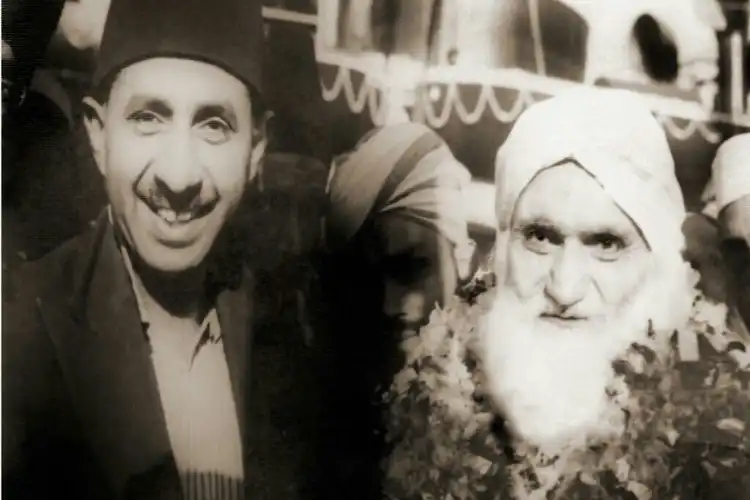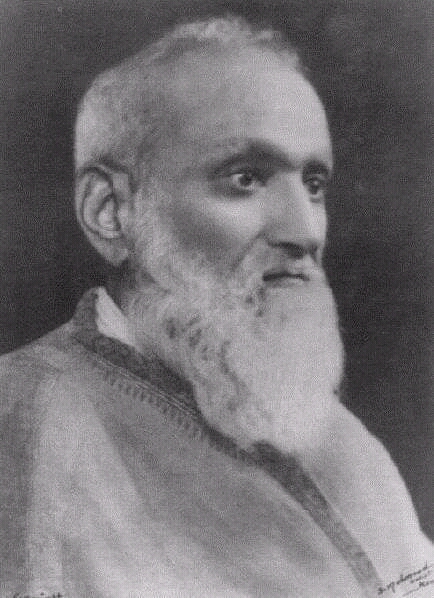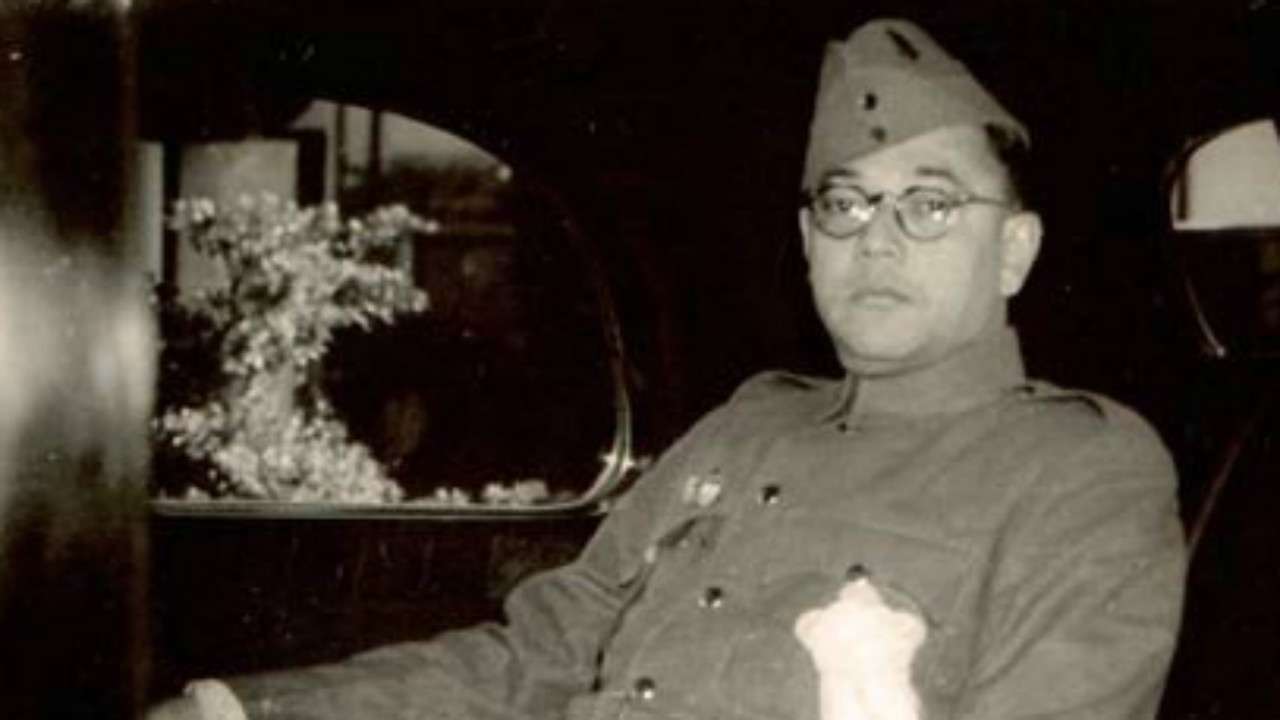Saquib Salim
The name of Netaji Subhas Chandra Bose is etched on every Indian nationalist heart. He formed ‘Azad Hind Sarkar’, a working provisional government of India in exile that commanded Azad Hind Fauj, an army that fought against the British Army during the Second World War (WWII) to liberate India.
Very few know that a similar attempt was made during the First World War (WWI) when Ubaidullah Sindhi with the help of Raja Mahendra Pratap and Maulana Barkatullah formed a provisional government of free India in Afghanistan. The attempt at raising an army was leaked by a few traitors and India had to wait three more decades for her freedom.
Even fewer people know that Netaji was guided by these senior Indian revolutionaries who felt that he was the most suited person to lead India. The command of Azad Hind Fauj was handed over to Netaji by Rash Behari Bose who planned a revolt of Indian soldiers during WWI. In Japan and China, Raja Mahendra Pratap, the President of the government formed in 1915 in Kabul, was already campaigning for help from these two countries for the Indian freedom struggle for many years.
Maulana Ubaidullah Sindhi
Maulana Ubaidullah Sindhi came back to India in 1938 after a British enforced political exile for his role in the revolutionary movements. While introducing Rowlatt Bill his revolutionary activities were highlighted as one of the most prominent reasons for such a draconian law. During the period from the end of WWI till 1938, Ubaidullah went to Italy, Germany, Russia, and Arab thus creating a network of people which could be later used for an armed struggle against the British Forces.
Ubaidullah Sindhi, like Rash Behari Bose, Raja Mahendra Pratap, and several other revolutionary leaders who led the movement during WWI saw in Netaji Subhas Chandra Bose, the leader who could unite the whole of India into a single nation.
According to a letter written by Maulana Abul Kalam Azad to Maulvi Zahirul Haque, which was printed by Golam Ahmed Mortaza in his Bengali book Chepe Rakha Itihas since coming back to India, Ubaidullah had confided in Azad that he wanted to send Netaji abroad for a final battle against the British. Azad further claimed that Netaji and Ubaidullah met in Delhi to talk about the future of the Indian Freedom Struggle.
The letter further notes that they again met in Calcutta (Kolkata) after a few months where Ubaidullah handed over important letters of reference and documents which had to be given to Japanese authorities.
Netaji Subhash Chandra Bose
The meeting at Kolkata is corroborated by another account written by Shah Mohammad Usmani, a freedom fighter and leader of Jamiat Ulema. Usmani recalled that Ubaidullah was visiting Kolkata as Chief Guest of an event organized by Jamiat. Muslim League tried tooth and nail to stop the event but could not. During his stay of more than 20 days at Kolkata,
Ubaidullah met Netaji at least twice. The respect Netaji had for Ubaidullah could be judged from the fact that when he came to know that Ubaidullah was in Kolkata he paid a visit to him. In 1939, Netaji was one of the tallest Indian leaders.
According to the eyewitness account of Usmani, Netaji took his blessings by touching Ubaidullah’s feet. After this Netaji garlanded Ubaidullah upon which Ubaidullah garlanded him back saying that as a young leader it suited him more than himself. After discussing the political situation of the country, Netaji went back. After the event of Jamiat, Netaji threw a dinner party in honour of Ubaidullah where they again shared plans for the final struggle to free India.
Ubaidullah was later murdered in 1944 by poisoning for fighting multiple battles against the British, Muslim League’s communal politics, and capitalists.
What we miss is the fact that the Indian revolutionary movements were not disjointed efforts but there was a single thread that connected all these armed struggles from the Fakir-Sanyasi Revolt of the 1760s till the Naval Mutiny of 1946.



